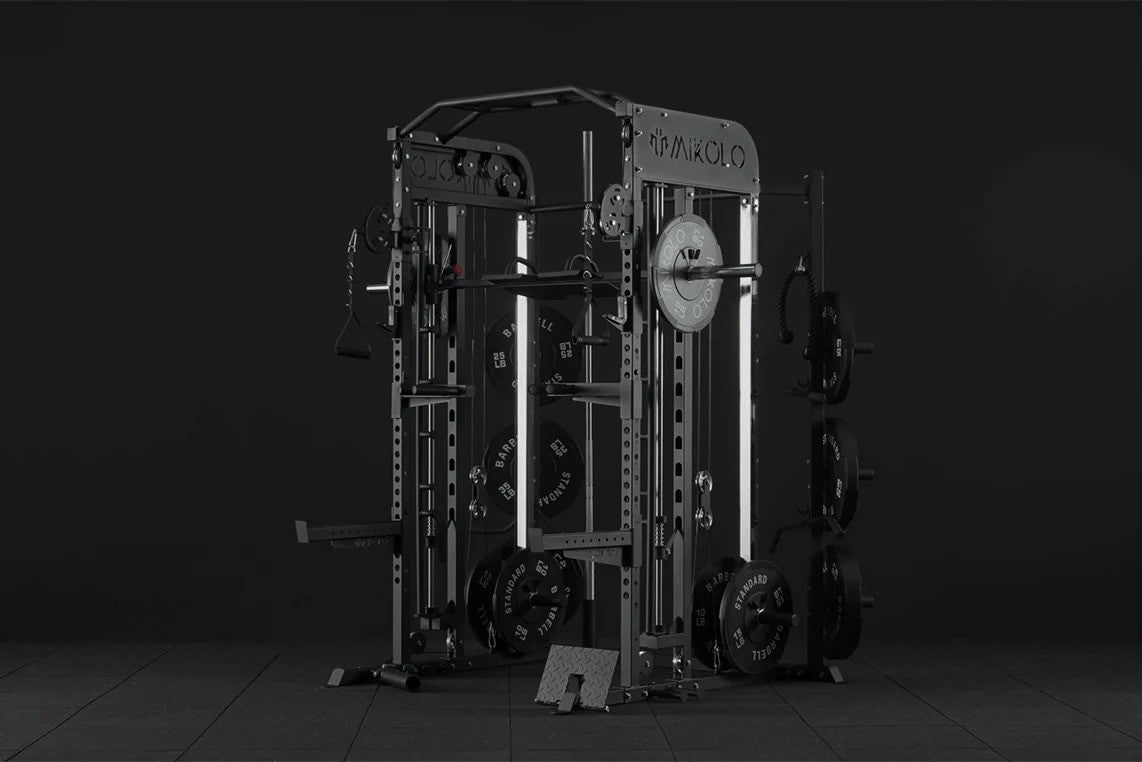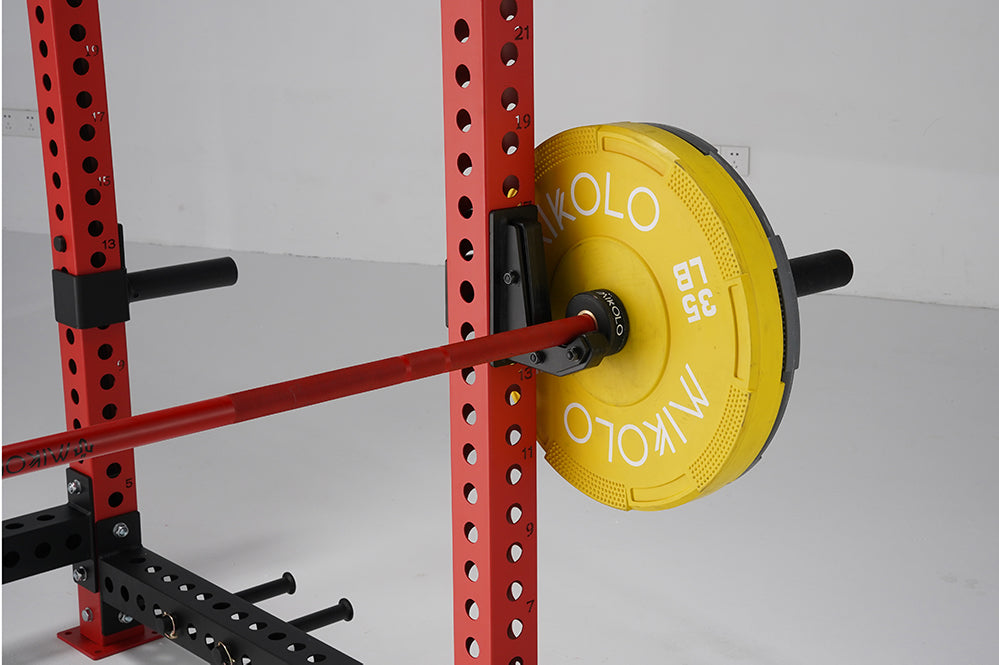Every rep taxes the ATP–PC energy system that fuels maximal lifts. Phosphocreatine takes roughly two to five minutes to fully recharge, so cutting rest short can leave fast-twitch fibers under-powered and your nervous system half-ready. The result: fewer quality reps, lower bar speeds, and stalled progress.
How Long Should I Rest Between Sets for Strength?
Most lifters asking how long should I rest between sets for strength will thrive on 2 – 3-minute breaks for compound lifts such as squats, presses, and rows. When you’re working above 85 % of 1RM or grinding out near-max singles, stretch that window to 3 – 5 minutes to let creatine stores and neural drive fully rebound. A 2024 Bayesian meta-analysis confirmed that longer intervals preserved training volume and produced superior strength outcomes compared with rests under 60 seconds.
Evidence-Backed Guidelines at a Glance
| Goal | Load (% 1RM) | Recommended Rest |
|---|---|---|
| Maximal Strength | 80 – 95 % | 2 – 5 min |
| Power/Olympic Lifts | 70 – 90 % (explosive intent) | 3 – 5 min |
| Strength–Hypertrophy Blend | 65 – 80 % | 1.5 – 3 min |
| Assistance/Accessory | < 65 % | 1 – 2 min |
The National Strength & Conditioning Association echoes these numbers, noting that 3- to 5-minute rests allow greater total repetitions and training volume at heavy loads.
How Long Between Sets for Strength—Key Factors to Fine-Tune
-
Load & Effort – The heavier and closer to failure you work, the more recovery you need.
-
Exercise Type – Multi-joint lifts (deadlifts) create more systemic fatigue than isolation moves (biceps curls).
-
Training Age – New lifters recover faster; advanced athletes rely on longer intervals to keep bar speed high.
-
Session Density – Limited time? Use cluster sets (e.g., 2+2+2 reps with 20-second intra-set pauses) to keep rest “dense” without sacrificing force production.
-
Age & Recovery Capacity – Masters lifters often benefit from the upper end of the range to maintain power.
A Personal Take from the Platform
During a recent power-lifting cycle, I plateaued at a 425-lb (193 kg) squat, stubbornly resting only 90 seconds between heavy triples. On a coach’s advice I bumped rest to a strict three minutes—nothing fancy, just a timer and deep diaphragmatic breaths. Within four weeks the bar speed shot up, fatigue ratings dropped, and I locked out 445 lb for the same rep scheme. The extra rest felt “lazy” at first, yet the numbers told the truth: recovery is training.
Frequently Asked Questions
Q: How long should you rest between sets for strength when time is tight?
A: Prioritize long rest on your heaviest movement, then use supersets or accessory circuits with shorter (60-90 s) breaks to stay efficient without compromising your main lift.
Q: How long to rest between sets for strength on isolation exercises?
A: Since smaller muscles recover faster, 1 – 2 minutes is usually sufficient—just enough to keep technique crisp.
Q: How much rest between sets for strength if I’m over 40?
A: Err toward the longer end (3 – 5 min) for heavy compounds. Monitor bar speed or perceived readiness; if the weight slows dramatically, add 30-60 seconds.
Practical Tips to Nail Your Rest Intervals
-
Use a Timer, Not a Mood – Start the countdown as soon as the bar is racked.
-
Active Recovery – Light mobility drills or band pull-aparts keep you warm without draining ATP.
-
Autoregulate – If heart rate is still racing or you’re gasping, wait another 30 seconds; quality beats clock-watching.
-
Cluster Sets for Density – Break a set of five into mini-clusters (2-1-2) with brief 10-second pauses to maintain high force when you can’t afford full rests.
Bottom Line
Rest is not wasted time; it’s the silent partner to every PR. Next session, give your body those solid 2 – 5 minutes between heavy efforts and watch strength—not fatigue—dictate the numbers on the bar.











































Leave a comment
This site is protected by hCaptcha and the hCaptcha Privacy Policy and Terms of Service apply.